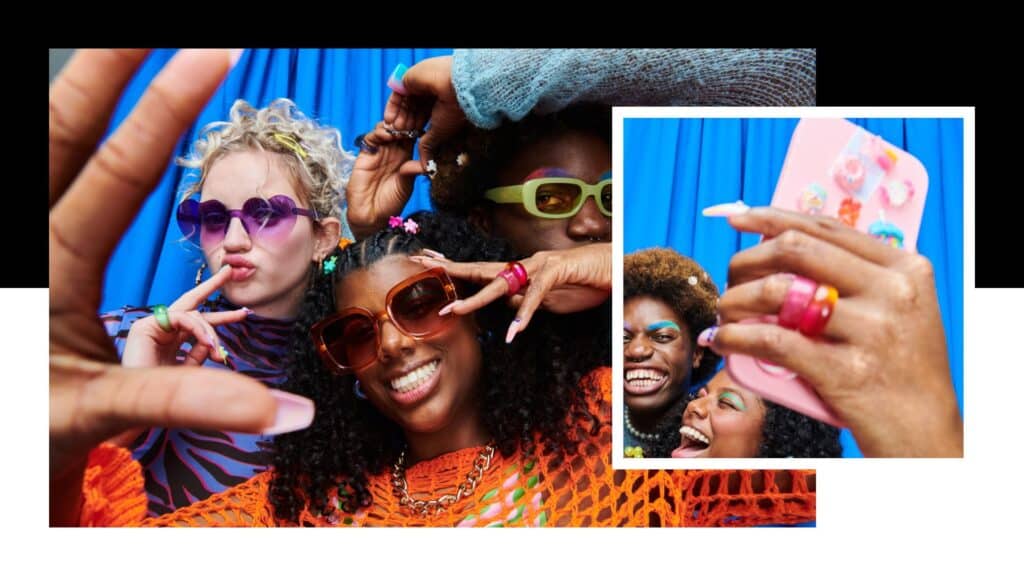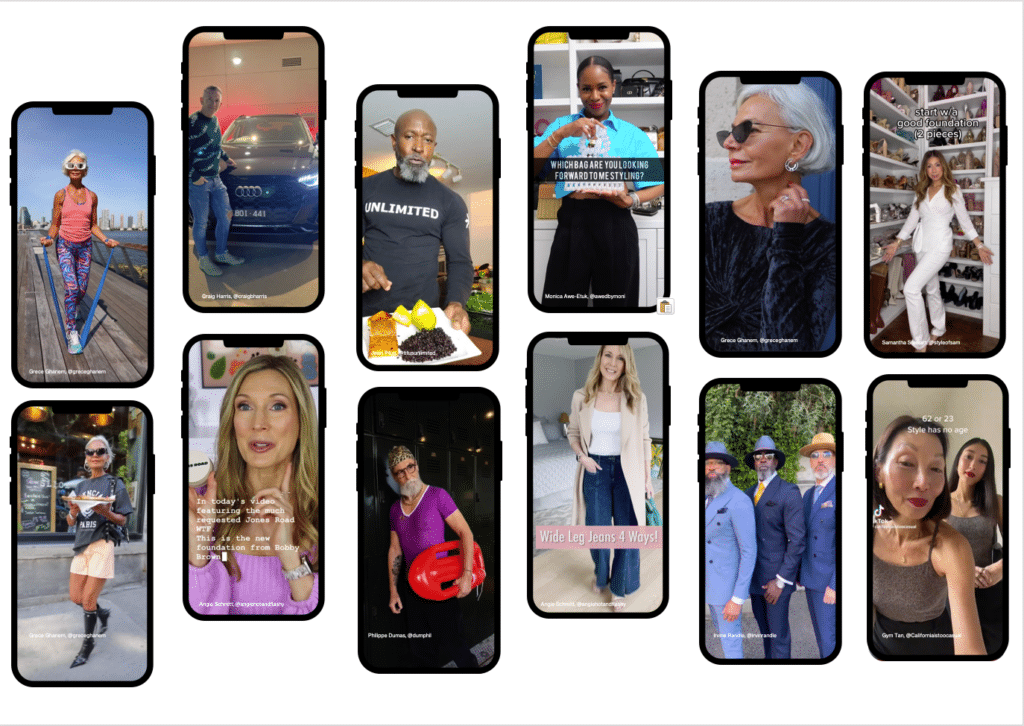A booming and evolving global sports industry requires uncomfortable change and a provocative approach to embrace the new way and thrive.
The insatiable desire for live sports continues to reign supreme as the convergence of media and sponsorship is increasingly pushing the sports landscape forward. We are watching the rapid acceleration of new technology, the proliferation of sports media consumption, and an unwavering focus on the fan experience. In 2022, live sports accounted for 94 of the top 100 telecasts according to Sports Business Journal.
This trend is not only fueling sports media investment but driving an increase in sports marketing activity as brands rightfully shift from “having a presence in sports” to becoming deeply engrained in the space with more well-rounded and defined sports strategies. As the marketplace accelerates and evolves simultaneously, it’s imperative that we start to re-define core aspects of the sports marketing vernacular.
No1 There are no more endorsement deals
Athletes are now influencers of culture. Today, sports talent partnerships must have shared values and purpose at their core. Athletes and brands are increasingly structuring deals with equity included so that athletes are incentivized to champion the trajectory of the brand and product. Leaning into talent for unique collaborations, merch drops, social initiatives, passion projects, sustainability and DE&I programs, and a relentless mutual focus to make a lasting impact will elevate these relationships and solidify an athlete as an influencer of culture on behalf of a brand, as athletes have become a source of truth in a world where trust in news is difficult to come by. Kansas City Chiefs star quarterback Patrick Mahomes’ deals with Hyperice (a global specialist in injury recovery and movement tech) and Canadian sports nutrition brand BioSteel included ownership stakes, allowing him to help shape the brands via a more credible connection to the companies and their products.
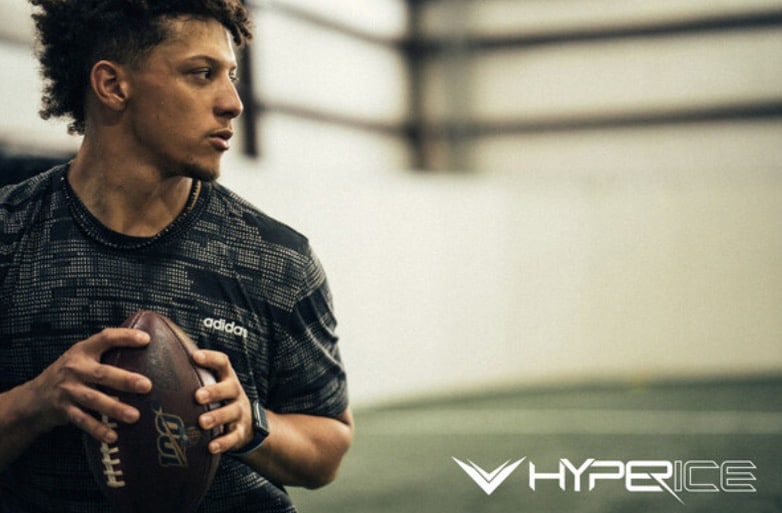
Picture credit: Hyperice
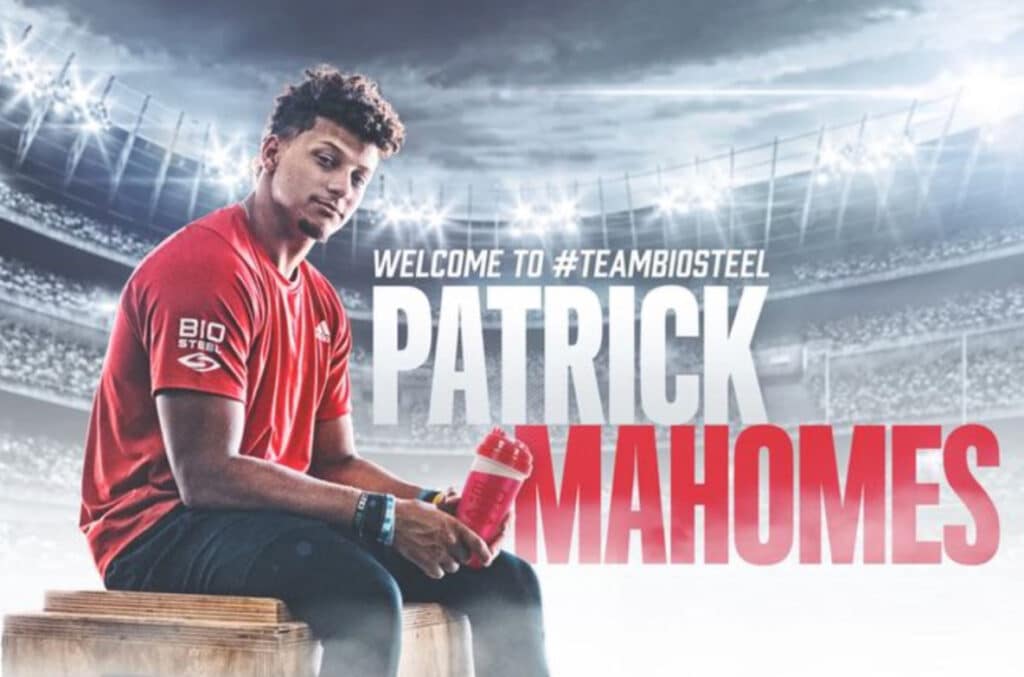
Picture credit: BioSteel
No2 Sponsorships are a thing of the past
Sponsorships are now dynamic two-way business partnerships, and we need to continue to push that perspective. At Wavemaker, it’s my job to uncover/pursue how our clients and sports properties can support and integrate each other, jointly leverage their audiences, create value for one another based on business ambitions, and make a difference together within fan communities and society.
Measurement today goes far beyond traditional sponsorship metrics as the need for tangible business performance and reporting continues to rise. As sports marketers, we can effectively pair partnership access and rights with key brand priorities and challenges (supported by media) to create exclusive initiatives that drive trackable results through sales, volume, lead generation and acquisition. All of which contribute to the quantifiable success of a partnership in addition to brand health, media exposure and brand awareness metrics.
To extract maximum value out of deals, our focus should be on product integration and meaningful fan-first experiences. A great example of this is the recent partnership between the NBA and Meta to create innovative ways for fans to experience the NBA product.
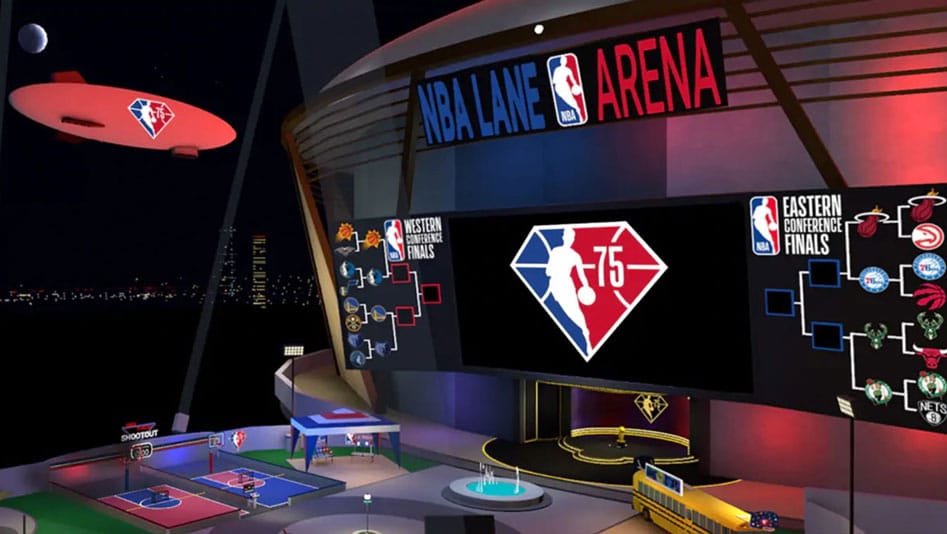
Picture credit: Meta
No3 Understanding sports fans, not reaching sports fans
The complexity of sports fans is underappreciated. We categorize them too broadly instead of understanding the differences between fan profiles and building curated experiences for specific fan groups based on their expectations, behaviours and fandom. We utilise audience data to identify the right property for brands to invest in, but we need to go deeper and exhibit more insight-rich and data-driven partnership strategy and planning.
If we shift our approach from reaching to understanding fans, we can properly leverage the plethora of sports media platforms and distribution channels before, during, after and around the culture of the game, with more personalised messaging. Embracing the content consumption journey of fans with a strategic and consistent media presence is key to establishing brand relevance and authenticity. Sports media is much more diversified and interactive; forcing us to go beyond ‘where to reach a fan’ and prioritise the experience, messaging and creative execution to spark action and impact around desired tentpoles and moments.
The playbook for sports marketing is much thicker than it used to be as the industry experiences seismic shifts and progression. As global sports leaders, it’s on us to accept and embrace these changes to thrive.


